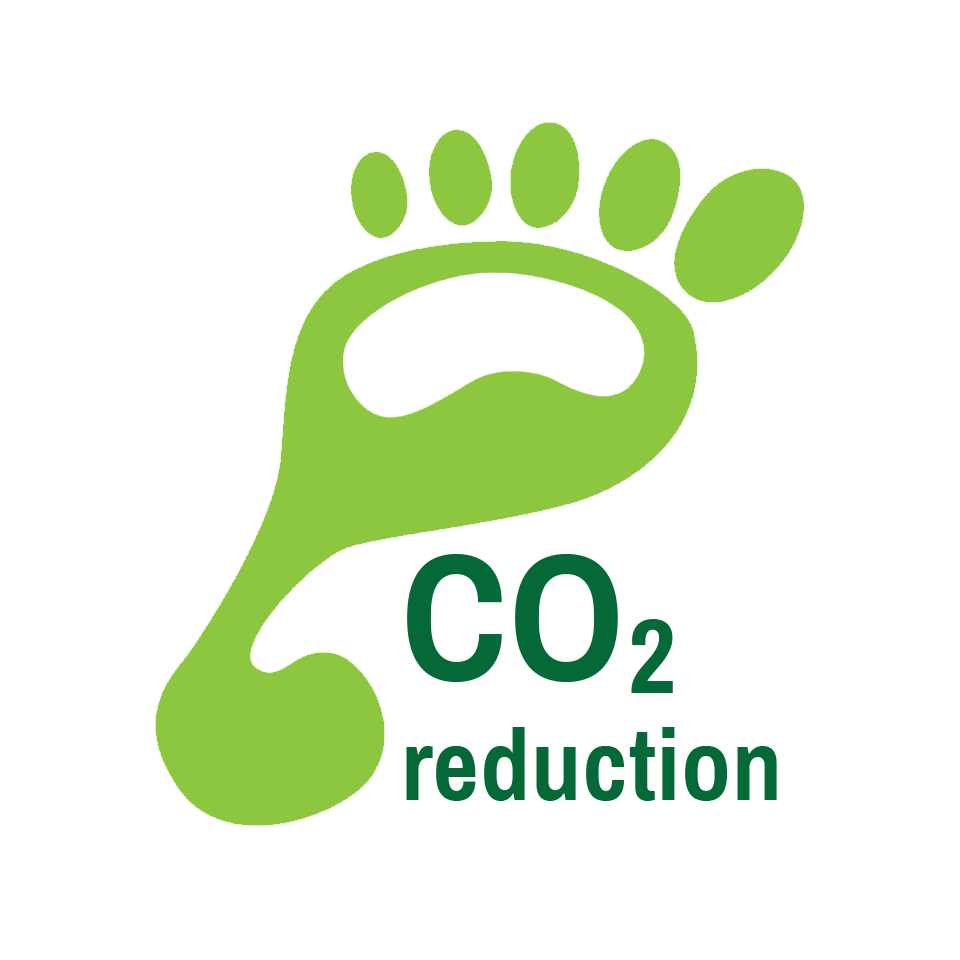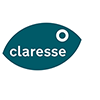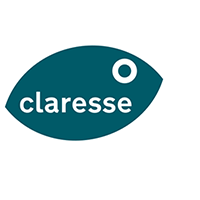Farm
Claresse
The farm feed the Claresse several times a day. Claresse has a remarkably low food conversion. It only takes 750-800 grams of fish feed during their entire life to grow to harvest size, which is 1000 grams. The fish feed consists of plant based ingredients and is therefore environmentally friendly.
The sustainable Claresse has developed clear distinguishing features in comparison to other table fish. Claresse is delivered boneless, has a mild taste and a firm yet succulent texture. Claresse is very well priced and easy to prepare and thus accessible to many.
We can rightfully say Claresse is a quality product: The North Sea Foundation, the Milieukeur Foundation and the World Wildlife Fund have all recommended Claresse, not only as a sustainable answer to the growing European demand for fresh fish fillets but also as an excellent alternative for overfished whitefish species such as cod and sole.
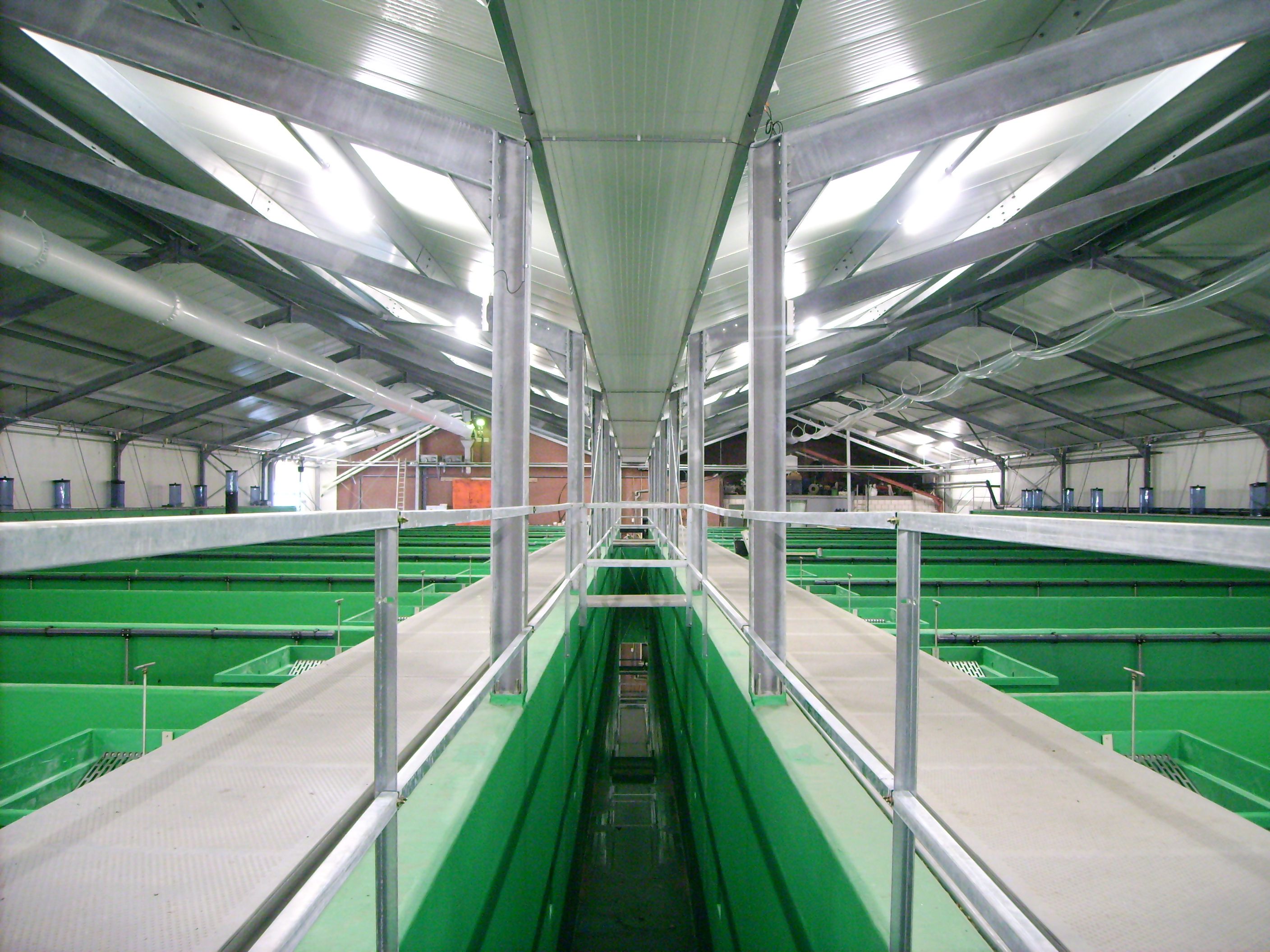
Fish feed
Small fish need more protein. As they grow older, the protein percentage in the fish feed is lowered from 60% to 40%. Approximately 70% of the fish feed consists of vegetable ingredients and the other 30% of fishmeal and fish oil. The fishmeal left over after processing the fish is the same amount of fishmeal that is applied during the entire cultivation process. The percentage of fishmeal and fish oil has been drastically reduced over the last few years and it is Topaal ambition to attain a 100% vegetable diet for their fish.
The fish feed which used contains GMO-free ingredients.
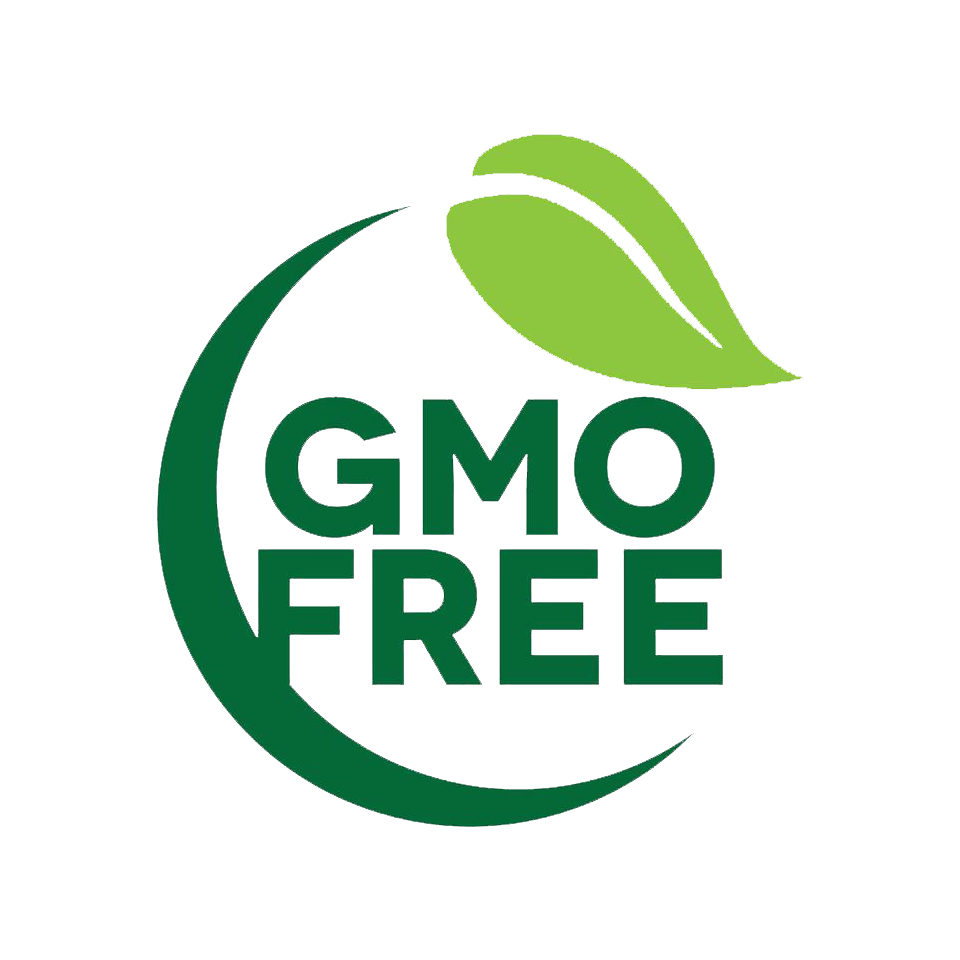
Technology
We use a minimum of water and energy (20 liters of water and 0.8 kWh per kilo fish) and require no heating up to an outdoor temperature of –0º Celsius. The energy consumption level of the closed circuit systems is lower than the energy consumption level necessary to catch one kilo of fish in the wild.
Water recirculation
The vegetable ingredients in the fish feed contain nitrogen. This is necessary for fish growth, but is also discharged by the fish as ammonia (NH3). The water filtration unit converts the ammonia into harmless nitrogen (N2) and carbon dioxide (CO2) and filters the solid waste materials for fertilization purposes. It is thus a fully closed nitrogen cycle.
Because of this innovative recirculation system the net water use at the farm is extremely low. The amount of water used is only 1 to 5% of the amount of water used in Asian fish farms or open cultivation processes.
In short, the recirculation system of Topaal is independent of local climate and have:
- The lowest environmental impact
- The most sustainable technology
- Water purification by biological filtration
- A high production efficiency
- A low production cost price
